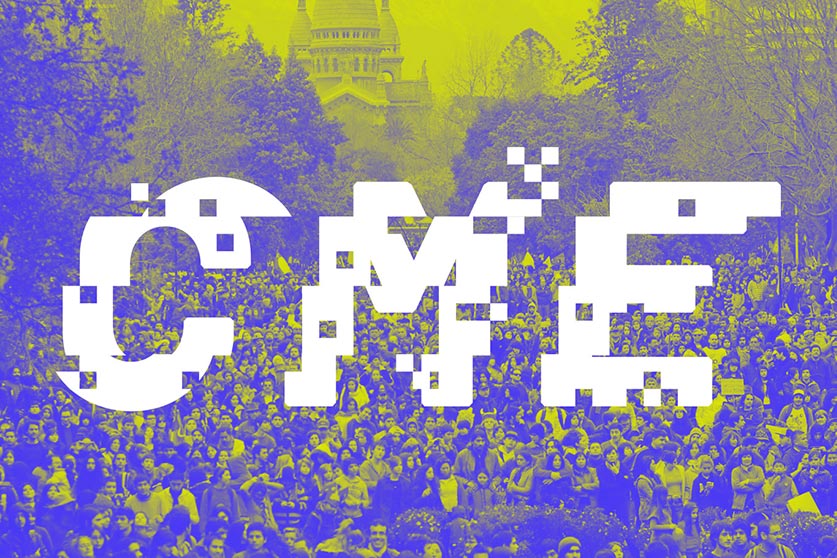Carlos Romo-Melgar
→ Works
→ → Fake AI
CLIENT: Meatspace Press
ROLE: Graphic design with John Philip Sage and Roxy Zeiher
LOCATION: London
DATE: 2022
A book designed with the help of an artificial intelligence, edited by Frederike Kaltheuner.
Taking an optimistic standpoint of AI abundance, the book design is a semi-fiction, a staged and micromanaged use of a GAN (Generative Adversarial Network), where two neural networks contest with each other in order to generate visual output. The collaborating AI has informed, but also constrained the possibilities
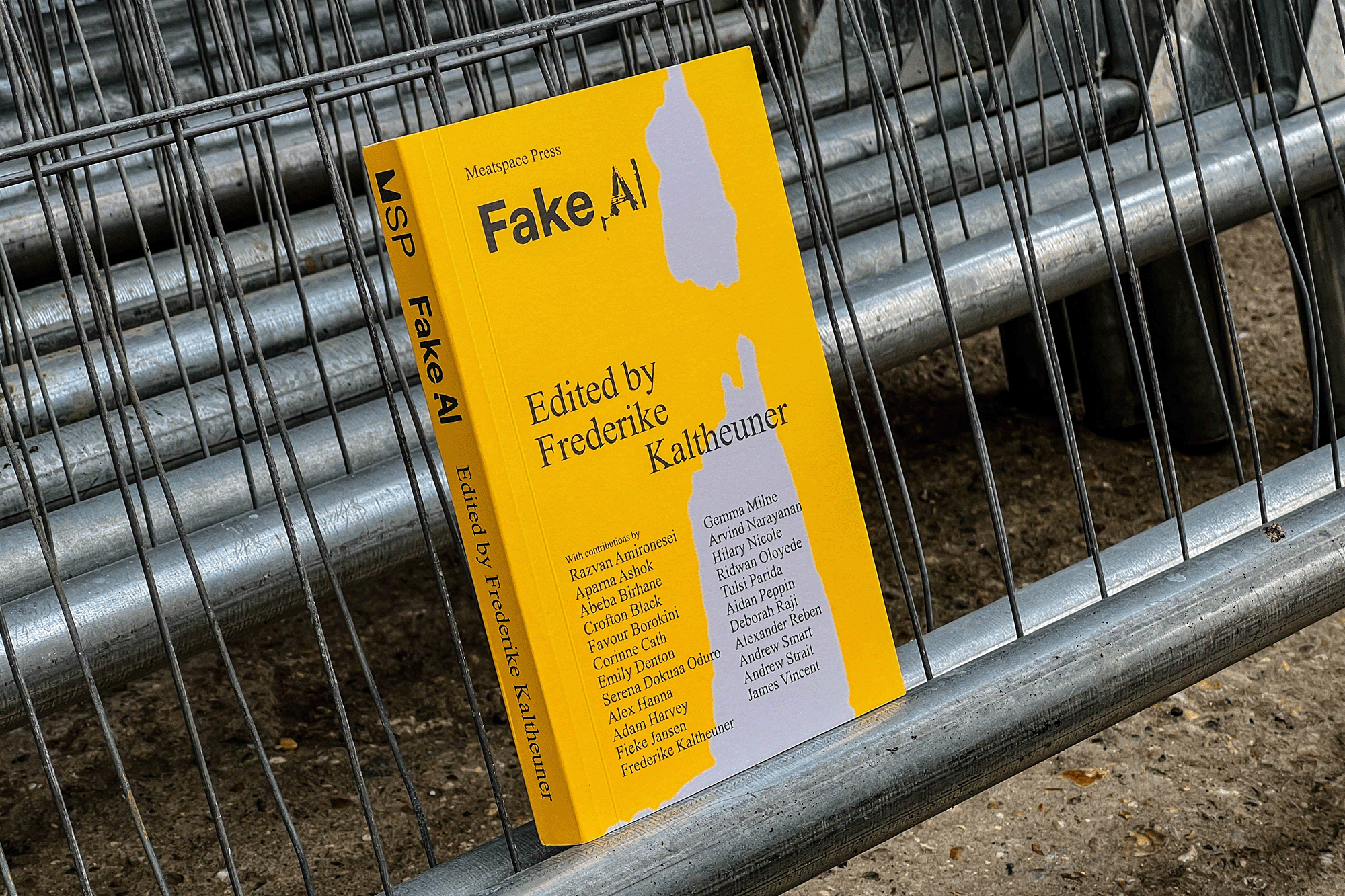
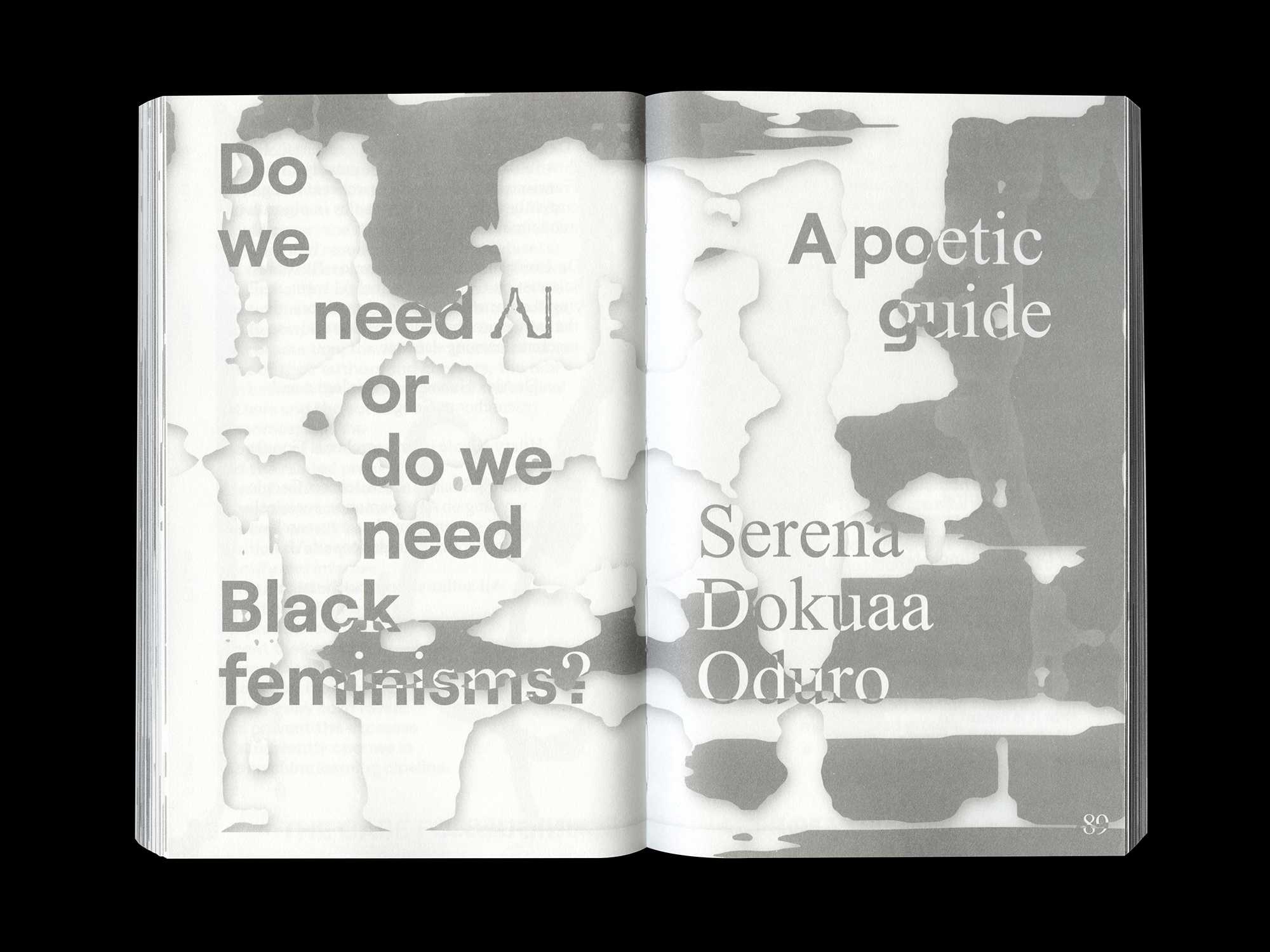
The design of this book explores the use of artificial intelligence to conceptualise its main visual elements. From an optimistic standpoint of AI abundance, the book design is a semi-fiction, a staged and micromanaged use of a GAN (Generative Adversarial Network), an unsupervised machine learning framework, where two neural networks contest with each other in order to generate visual output. Stretching the narrative, this book could be framed as a/the (first) book designed by an AI. In this scenario, the collaborating AI (more like the AI-as-head-of-design-that-doesn’t-know-how-to-design), has informed, but also constrained the possibilities to work visually with the pages.
The design strategy adopts the Wizard of Oz Technique, a method originated from interaction design where what is seemingly autonomous, is in reality disguising the work of humans ‘as a proxy for the system behind the scenes’(1). The use of the GAN, which a reader could expect as a simplification, a symbol of technological ergonomics, has instead complicated the process. As a result, the contents contort around the spaces that the AI imagination left them to exist, revealing an apparently spontaneous visual language.
The book features results from two separate datasets, addressing the overall layout composition, and a (overly sensitive) recognition algorithm which targets all instances of ‘AI, ai, Ai’, regardless of their position or meaning.
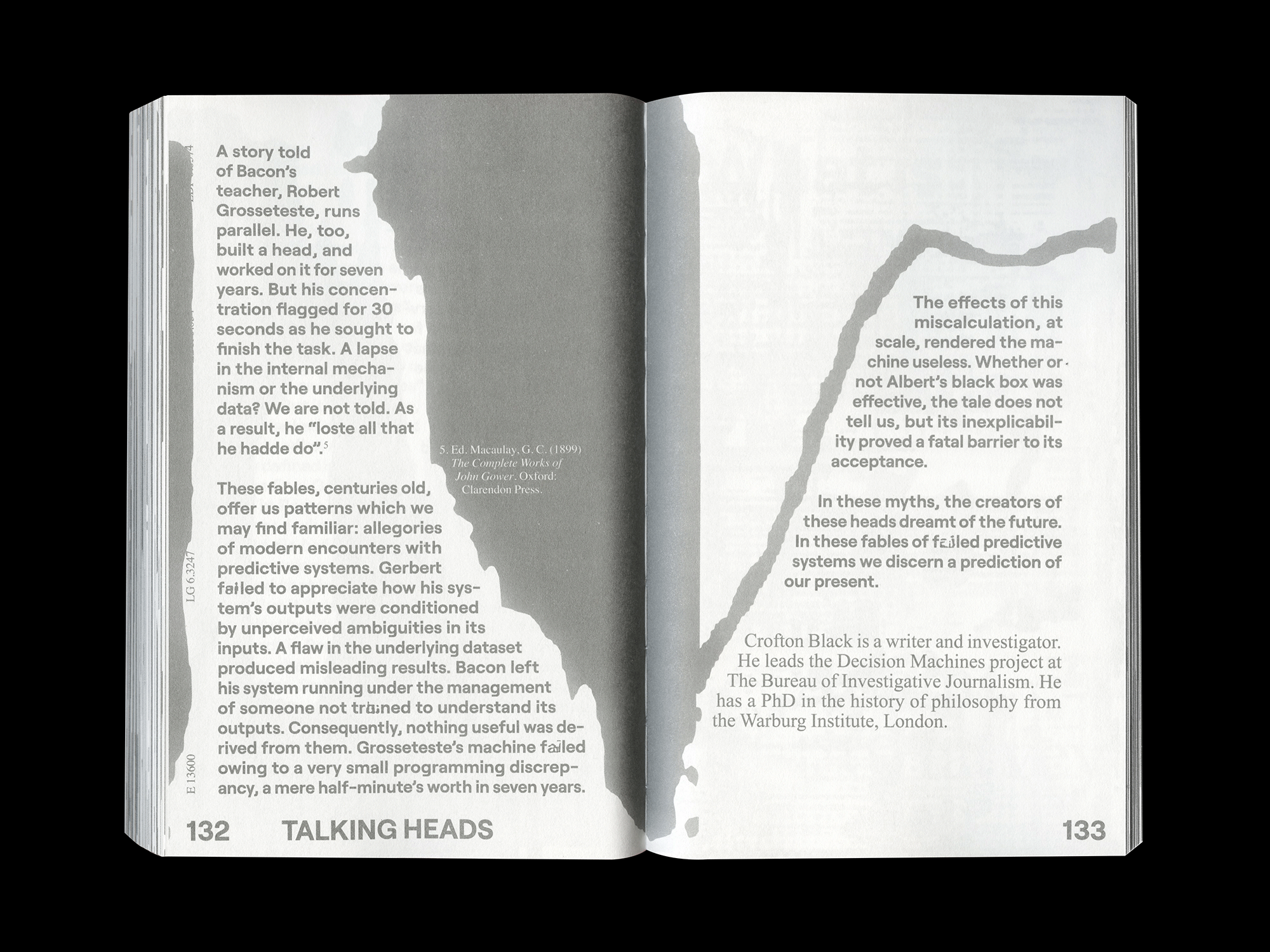
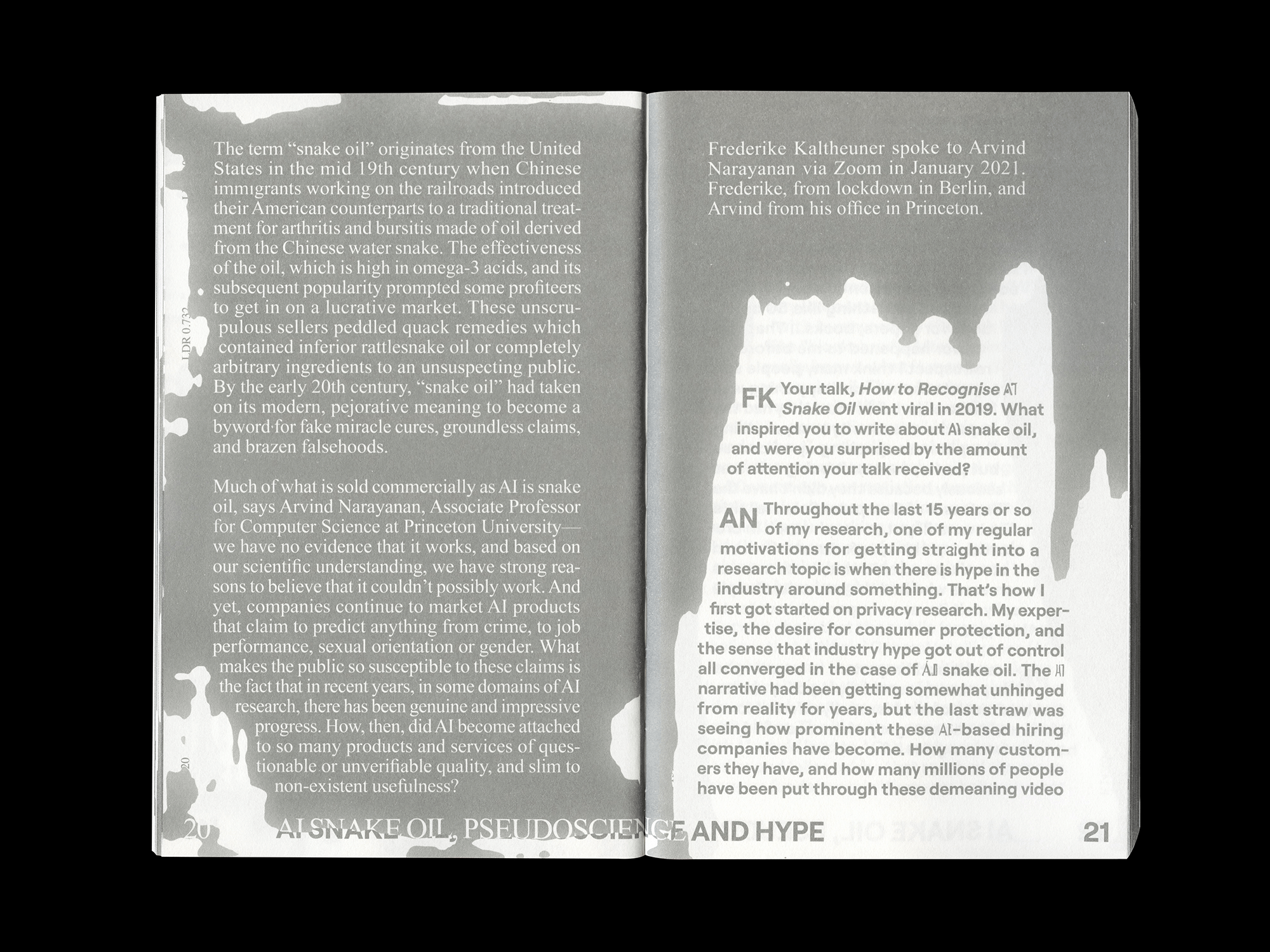
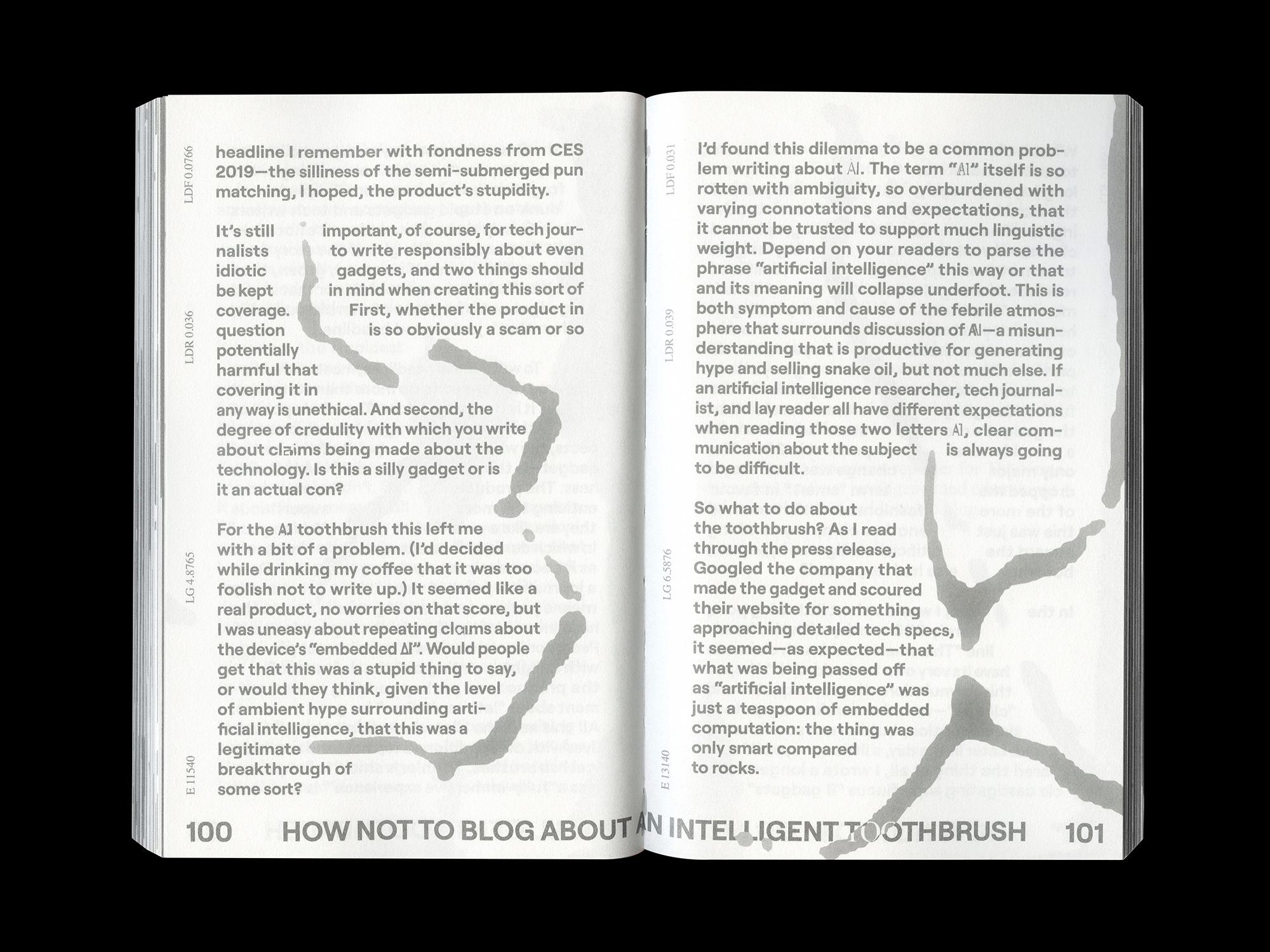
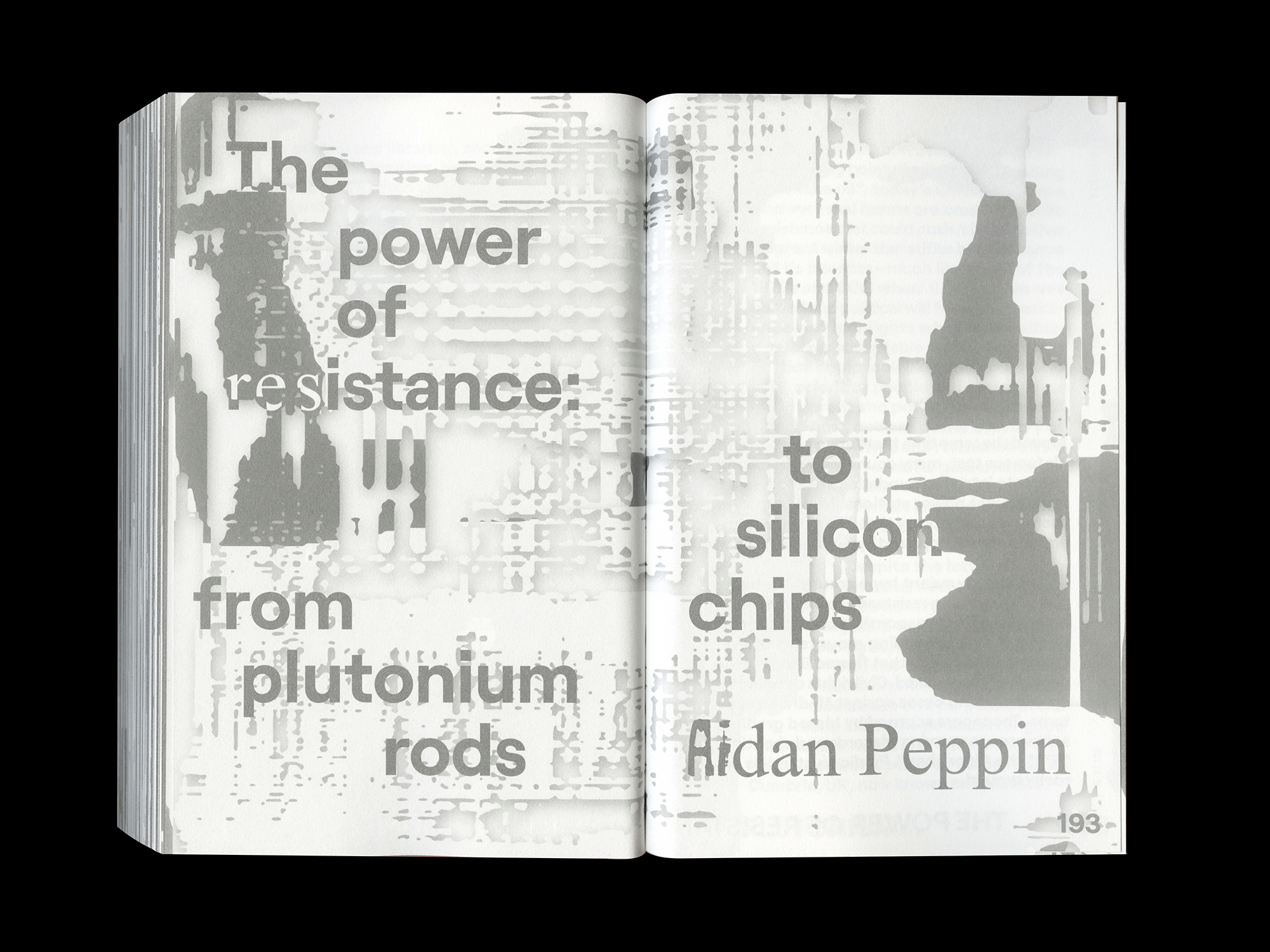
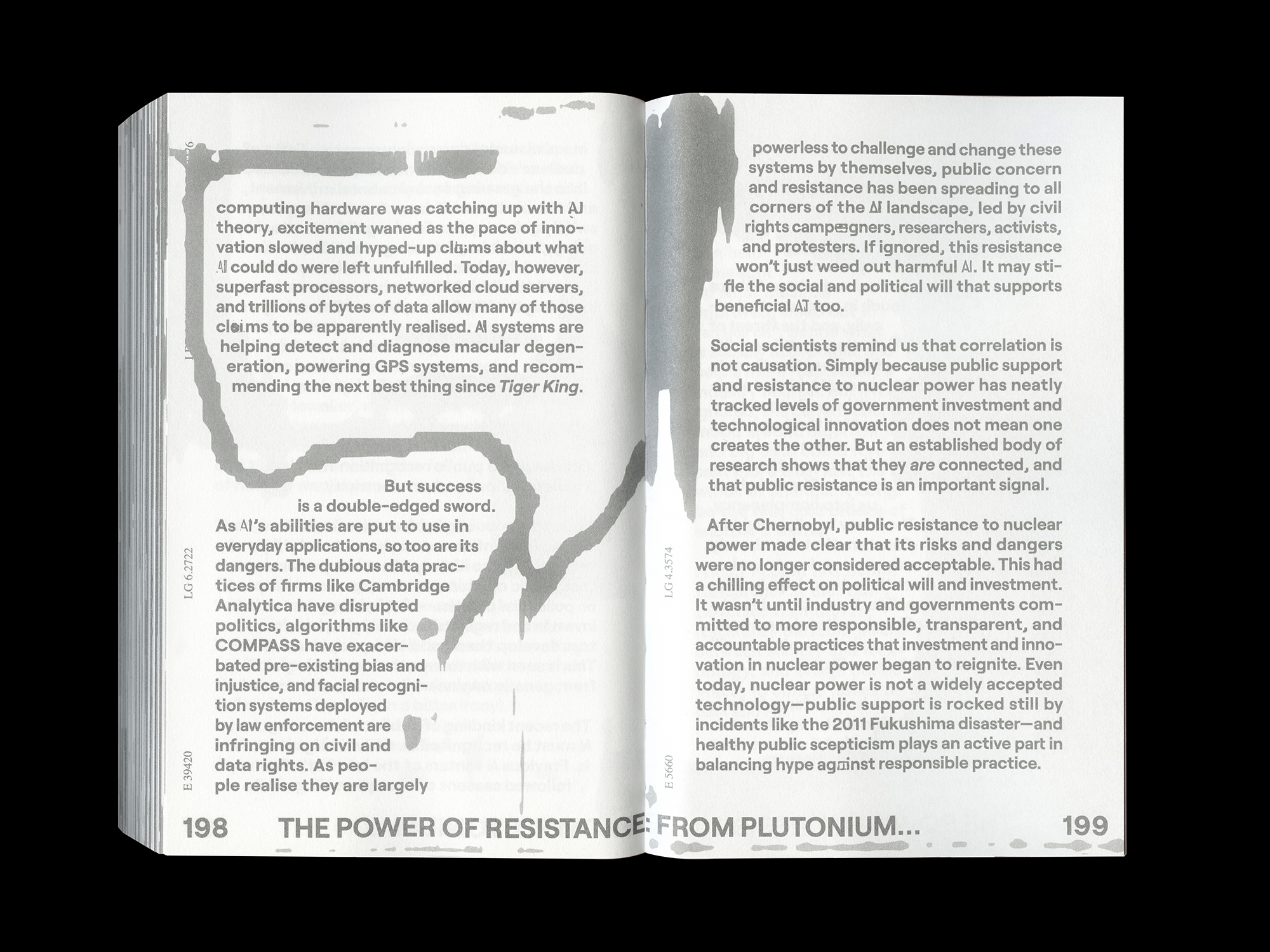
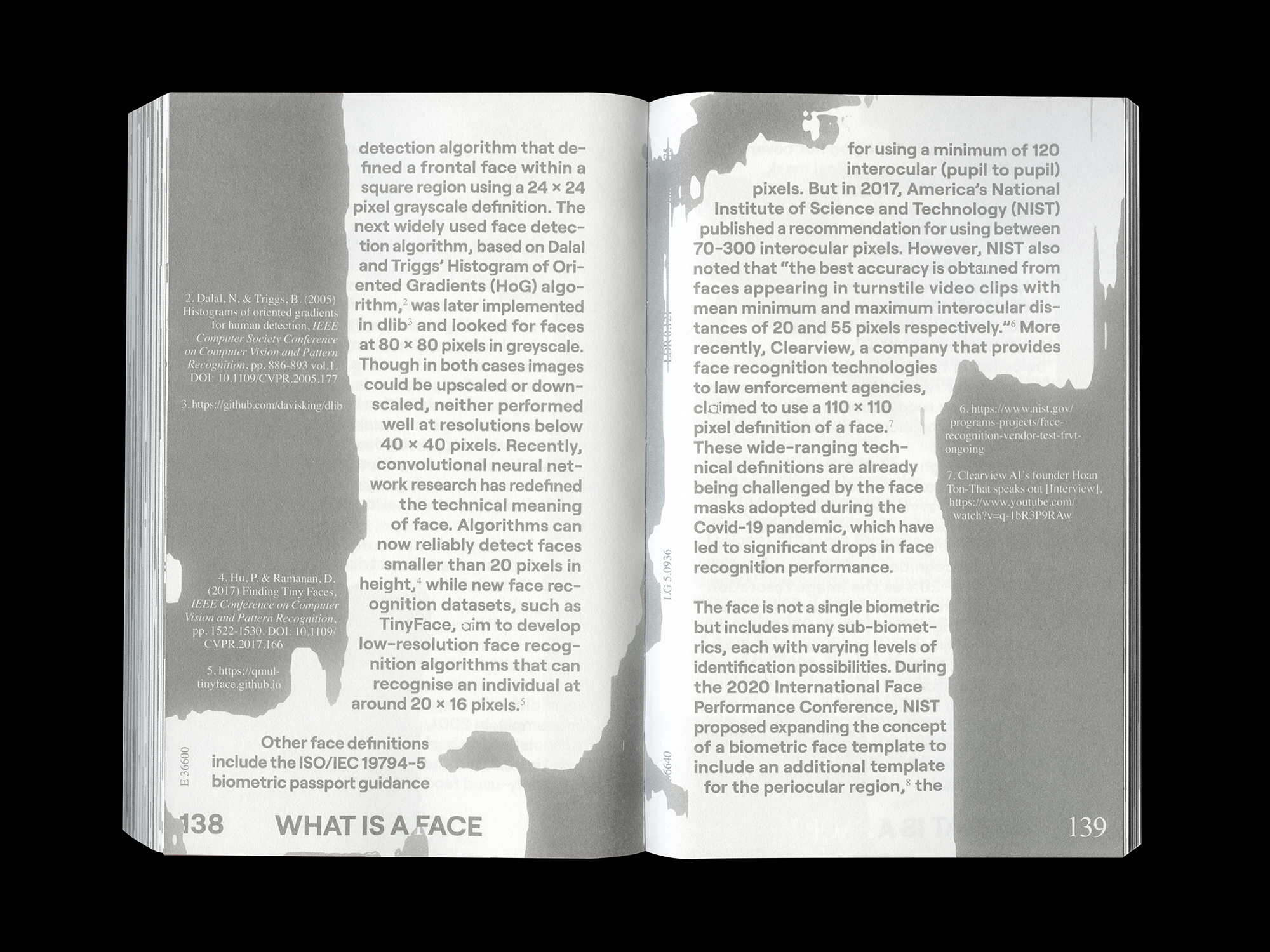
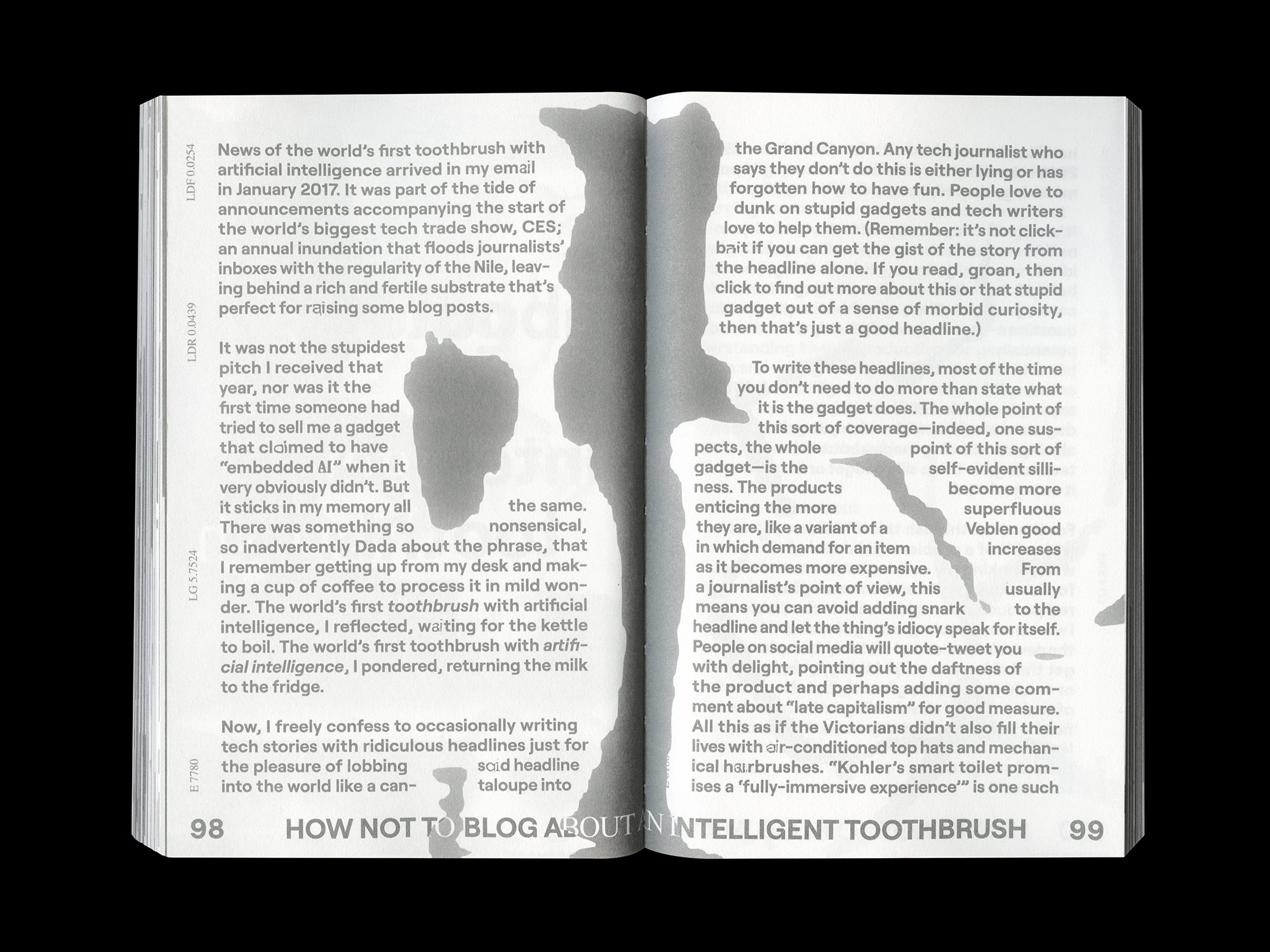
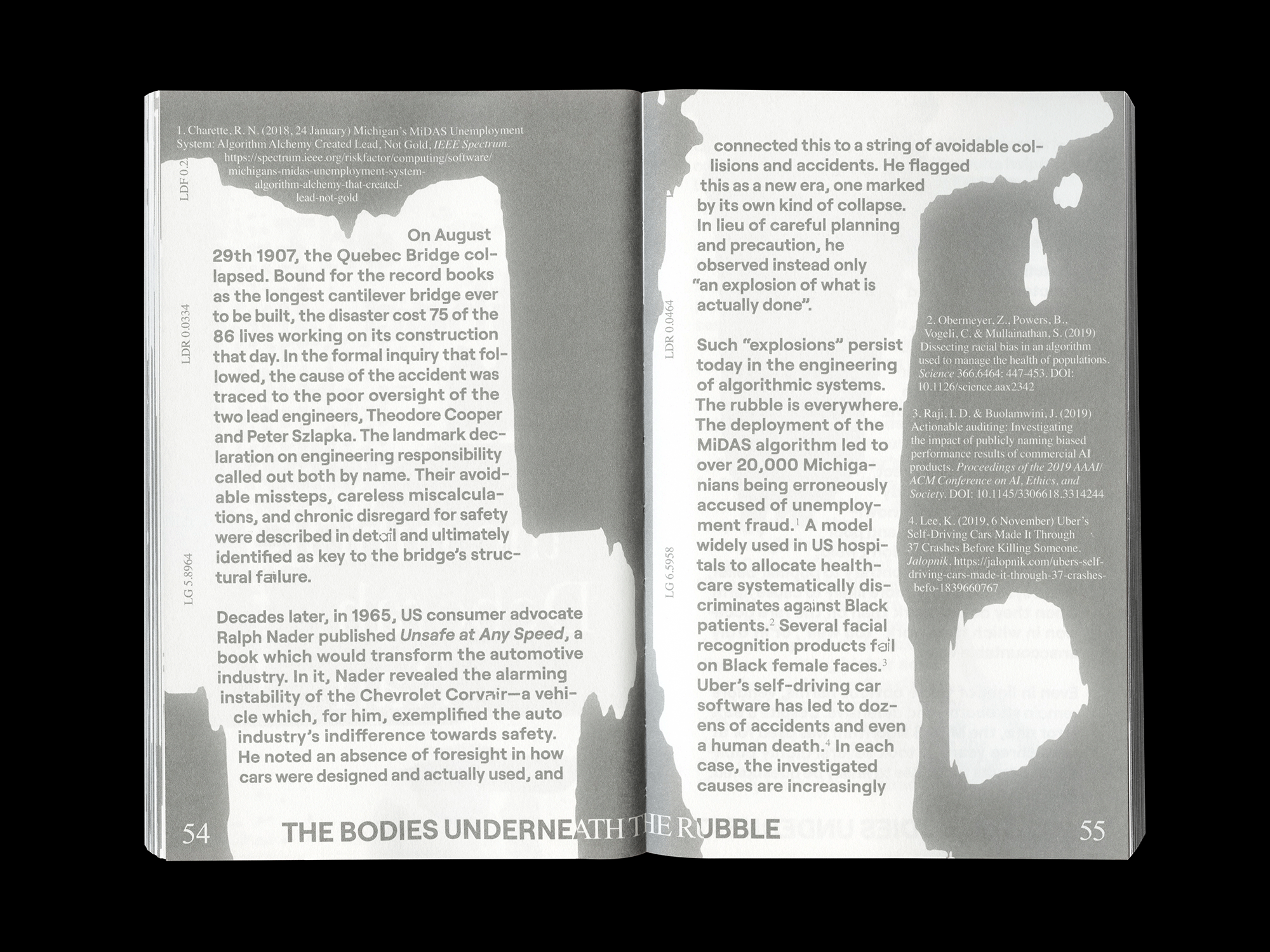
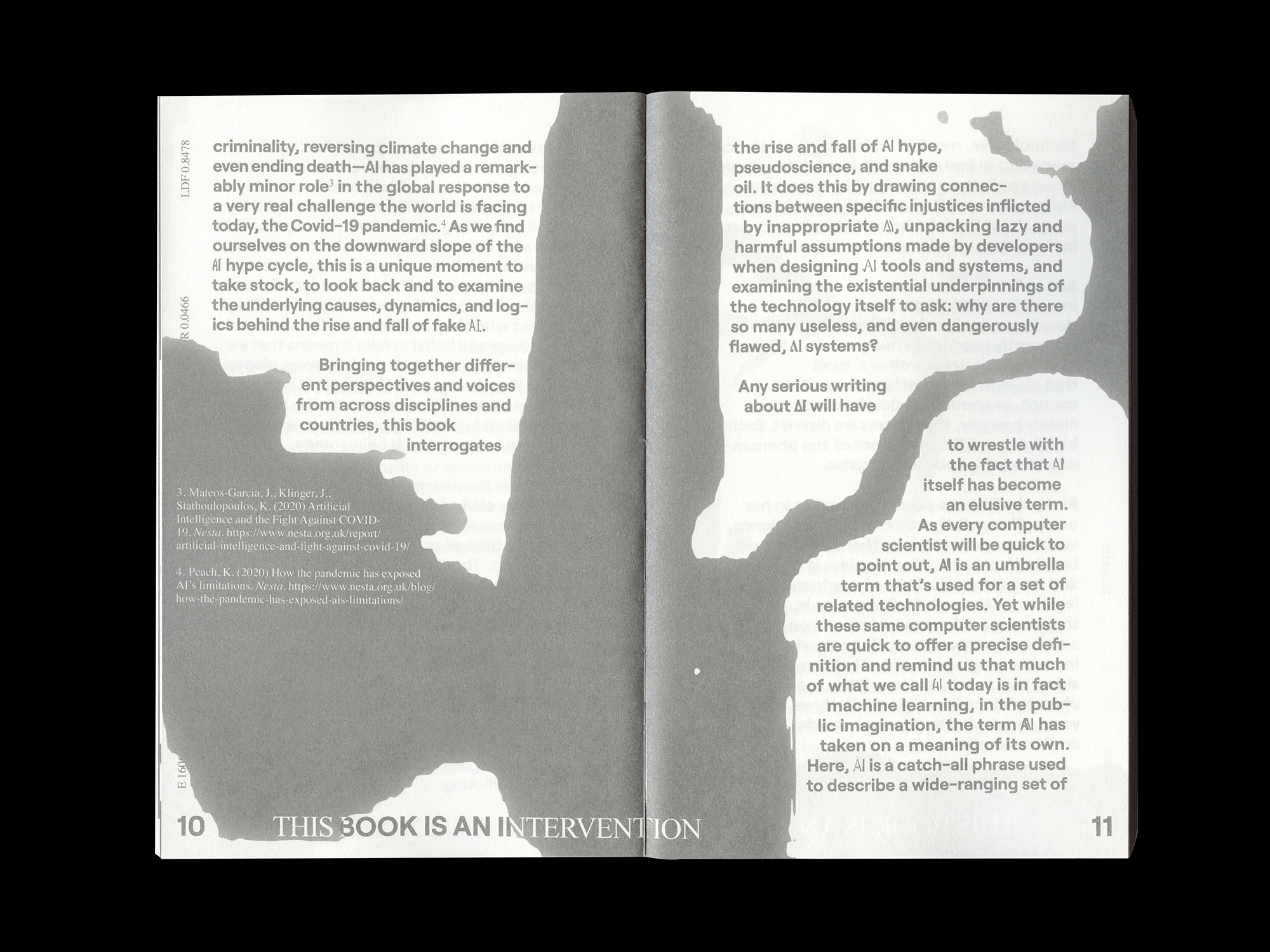
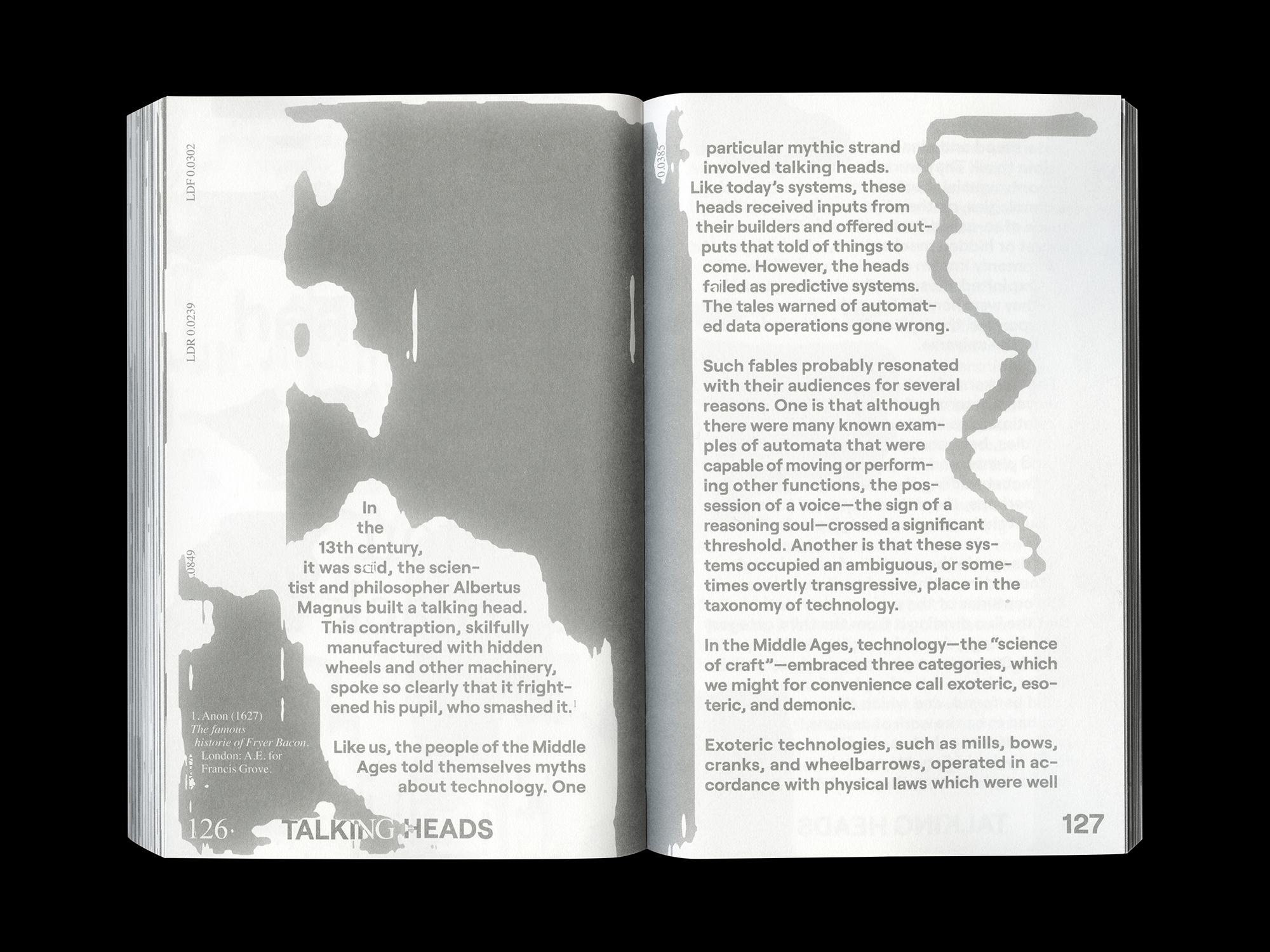
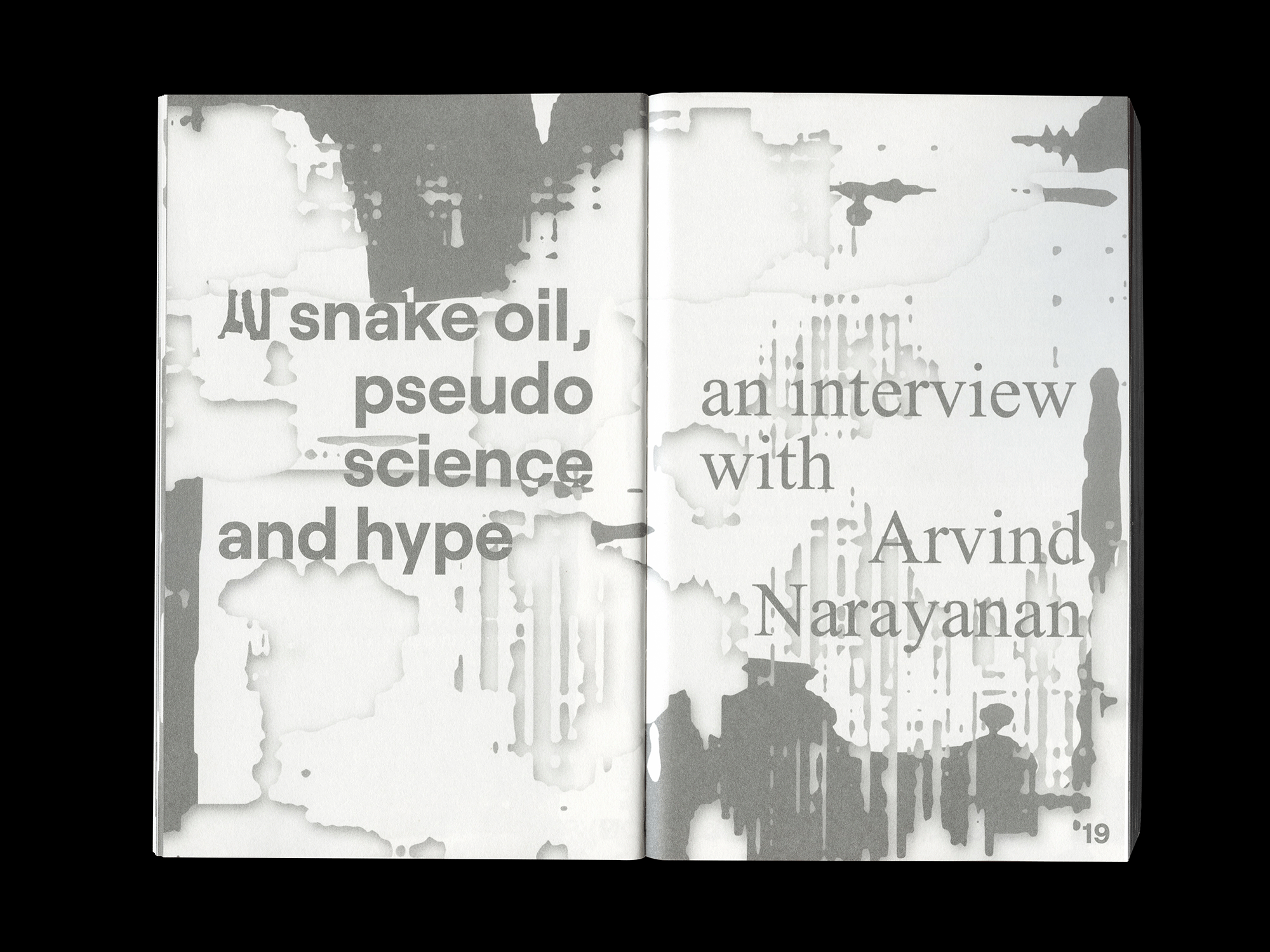
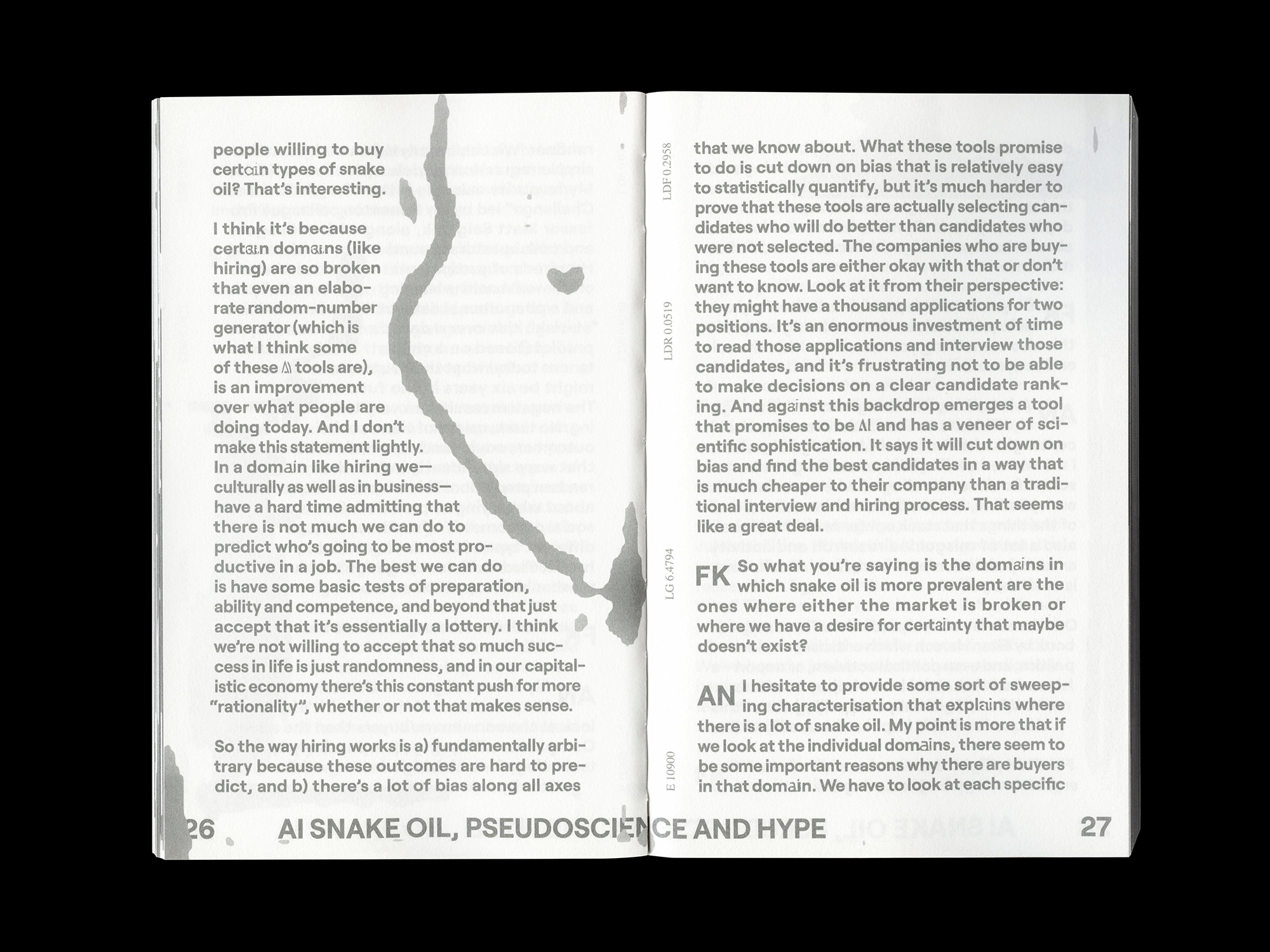
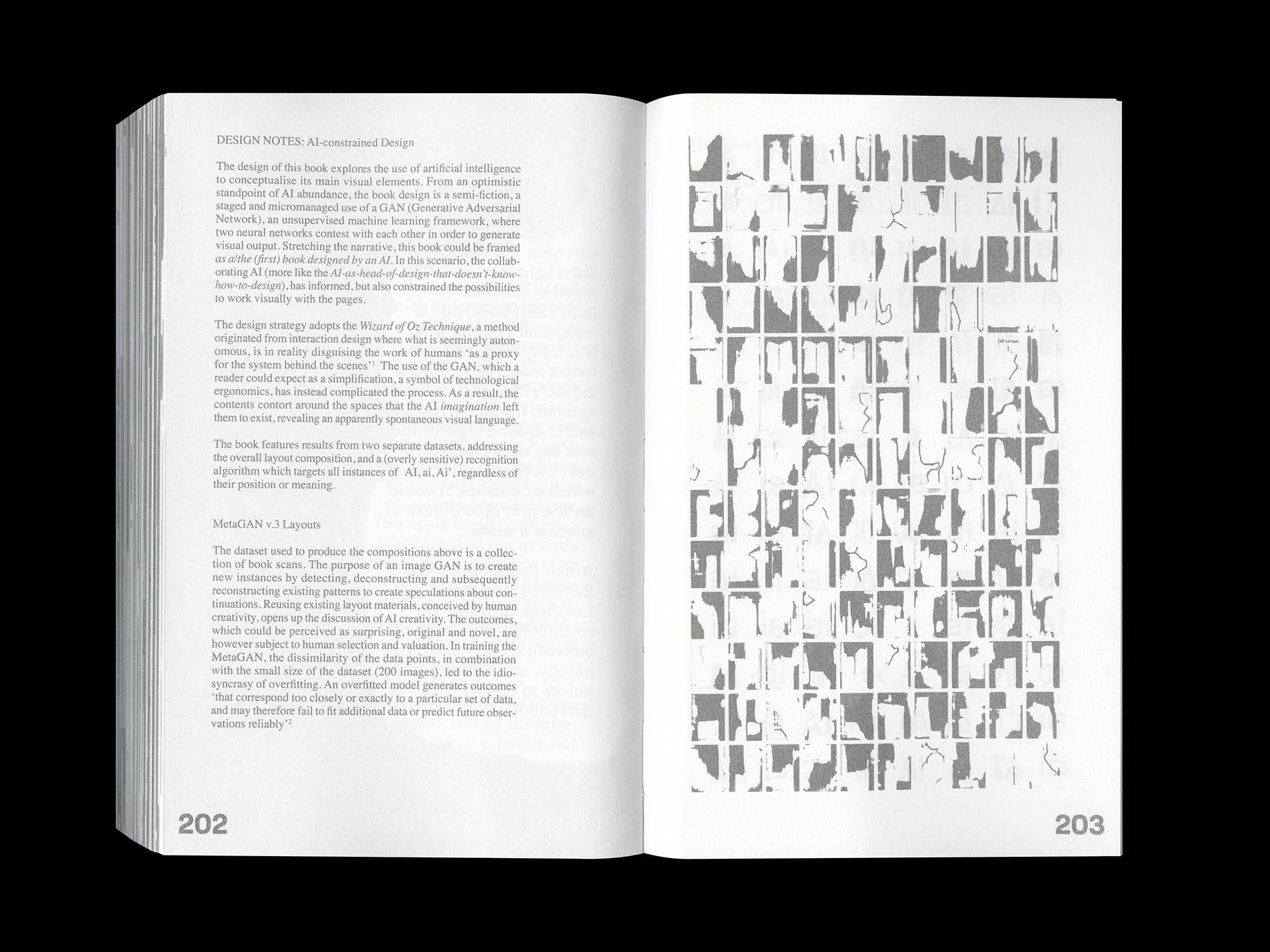
MetaGAN v.3 Layouts
The dataset used to produce the compositions is a collection of book scans. The purpose of an image GAN is to create new instances by detecting, deconstructing and subsequently reconstructing existing patterns to create speculations about continuations. Reusing existing layout materials, conceived by human creativity, opens up the discussion of AI creativity. The outcomes, which could be perceived as surprising, original and novel, are however subject to human selection and valuation. In training the MetaGAN, the dissimilarity of the data points, in combination with the small size of the dataset (200 images), led to the idiosyncrasy of overfitting. An overfitted model generates outcomes ‘that correspond too closely or exactly to a particular set of data, and may therefore fail to fit additional data or predict future observations reliably’(2).
AI type results
These AI letterings are results of a GAN using a dataset containing logos from various AI related brands (or belonging to Anguilla, whose country code top-level domain is ‘.ai’). The use of these characters is indeed automated in the design of the book, but it is done using GREP styles.
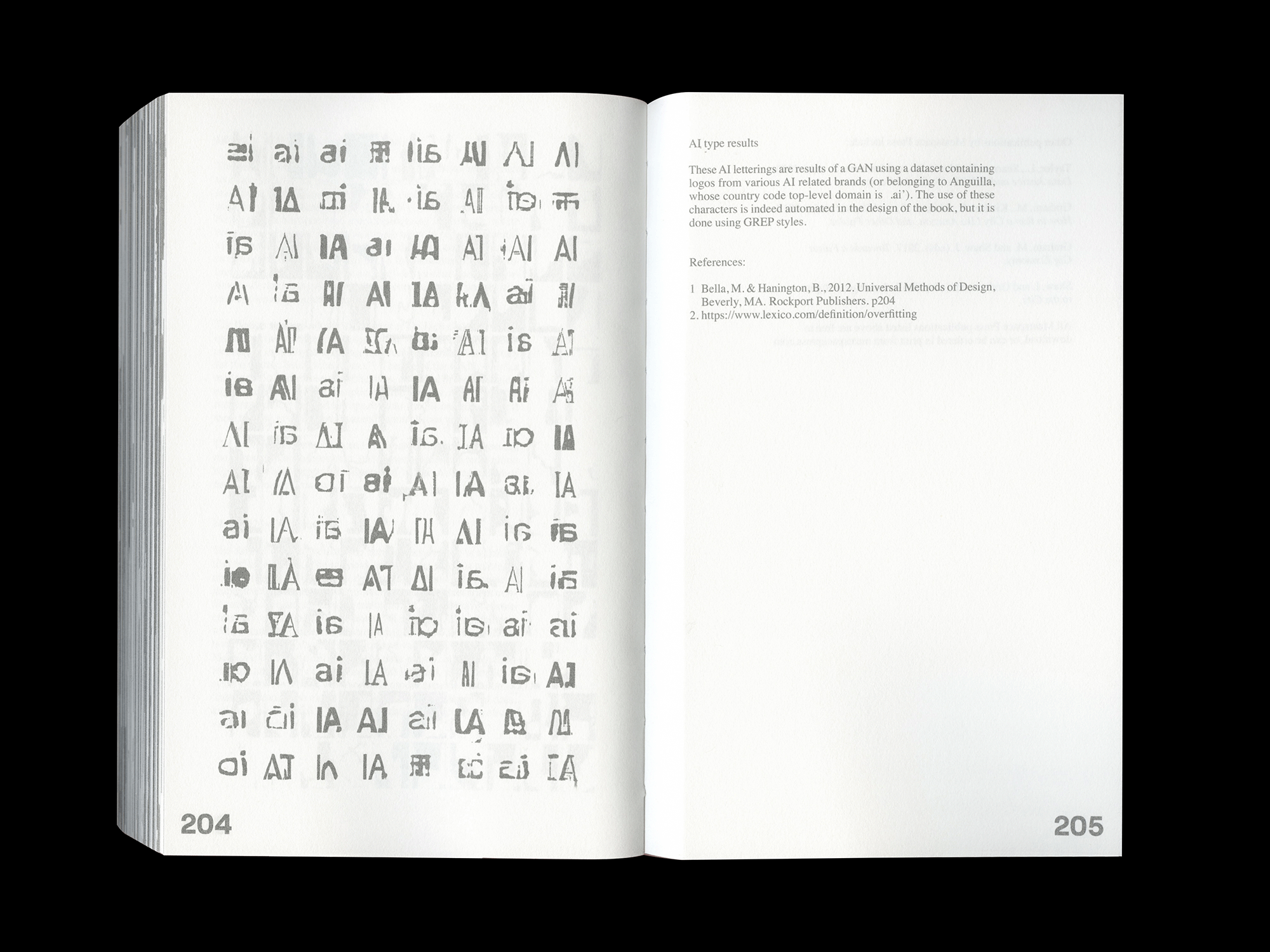
Other Works
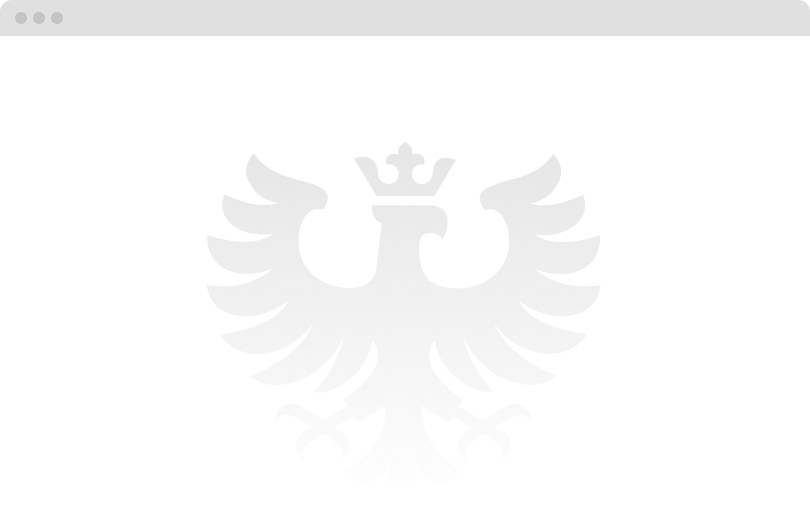
test sliderProject type
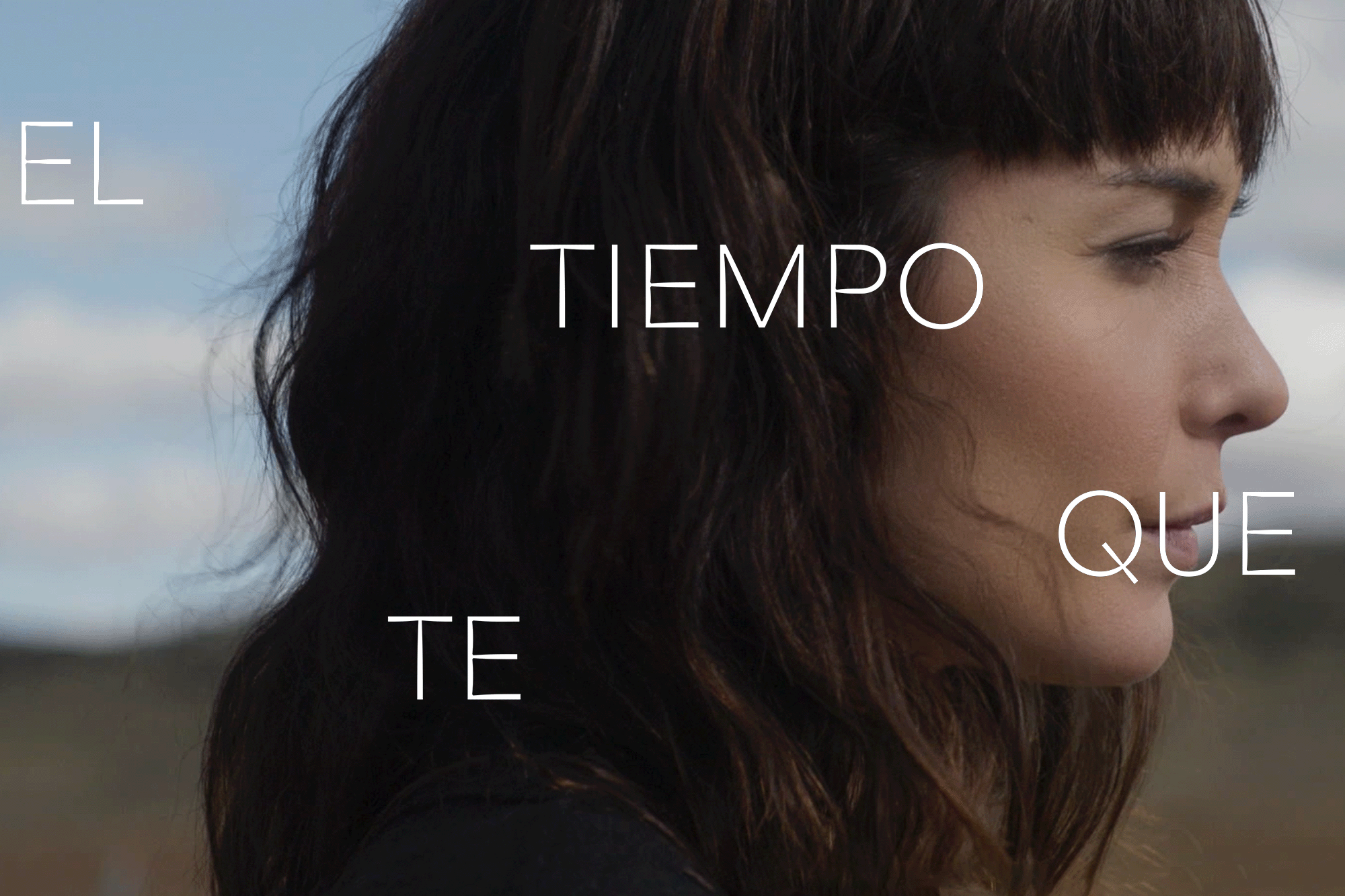
The Time it TakesMotion Graphics

Fake AIEditorial
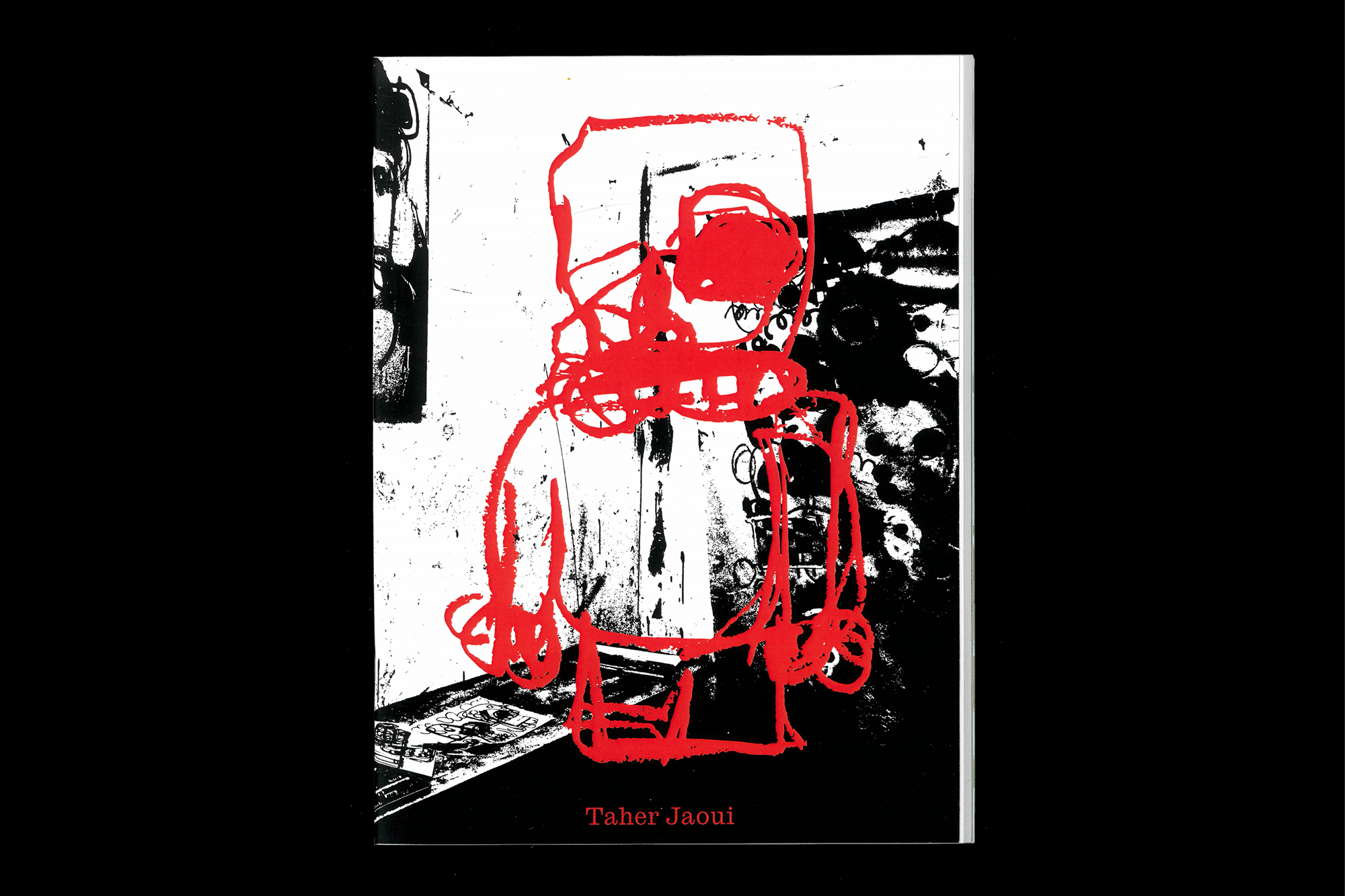
Taher Jaoui: Sketches 2022Artist Book
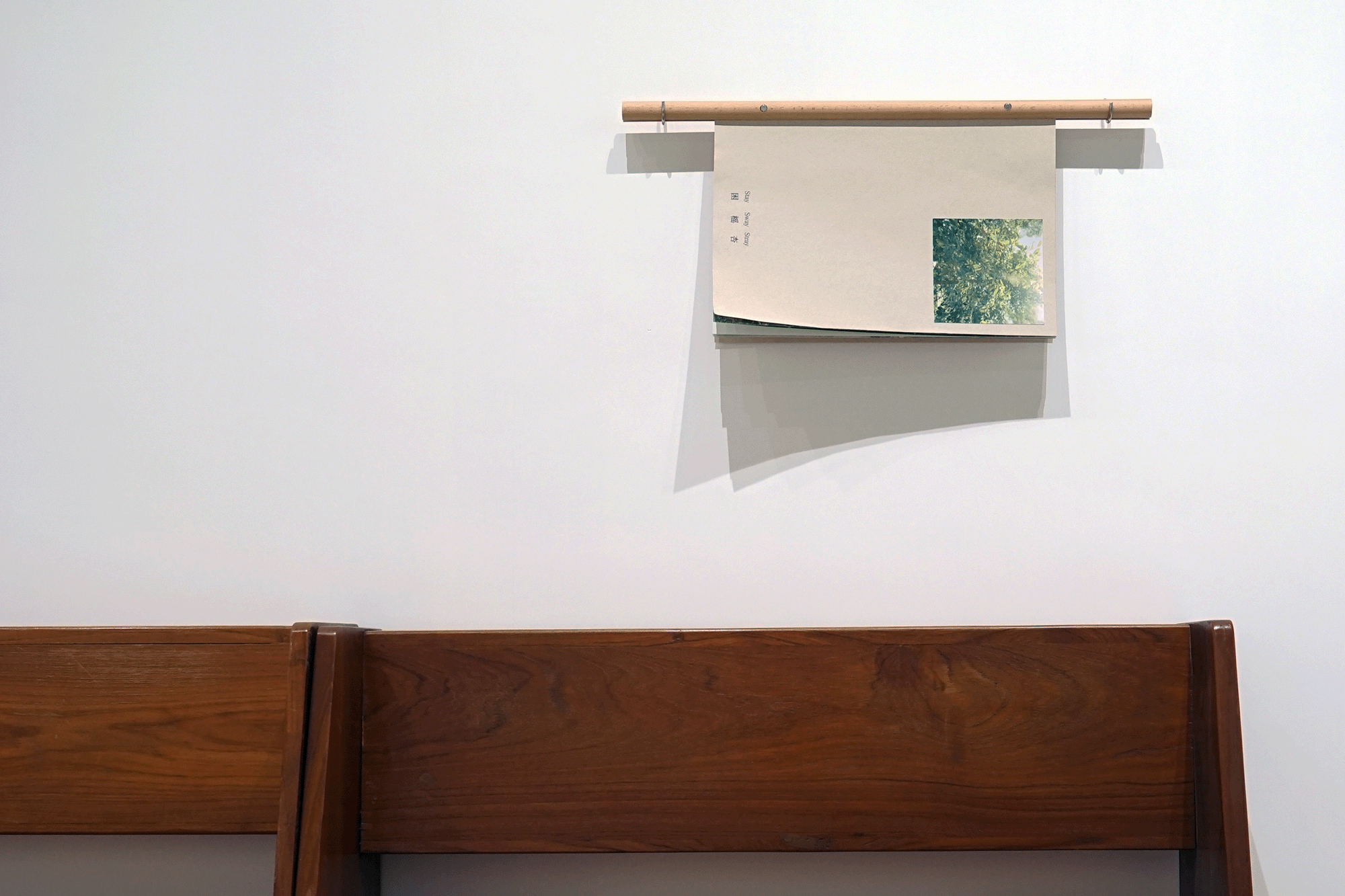
Stay/Sway/Stray (困榣杏)Artist Book
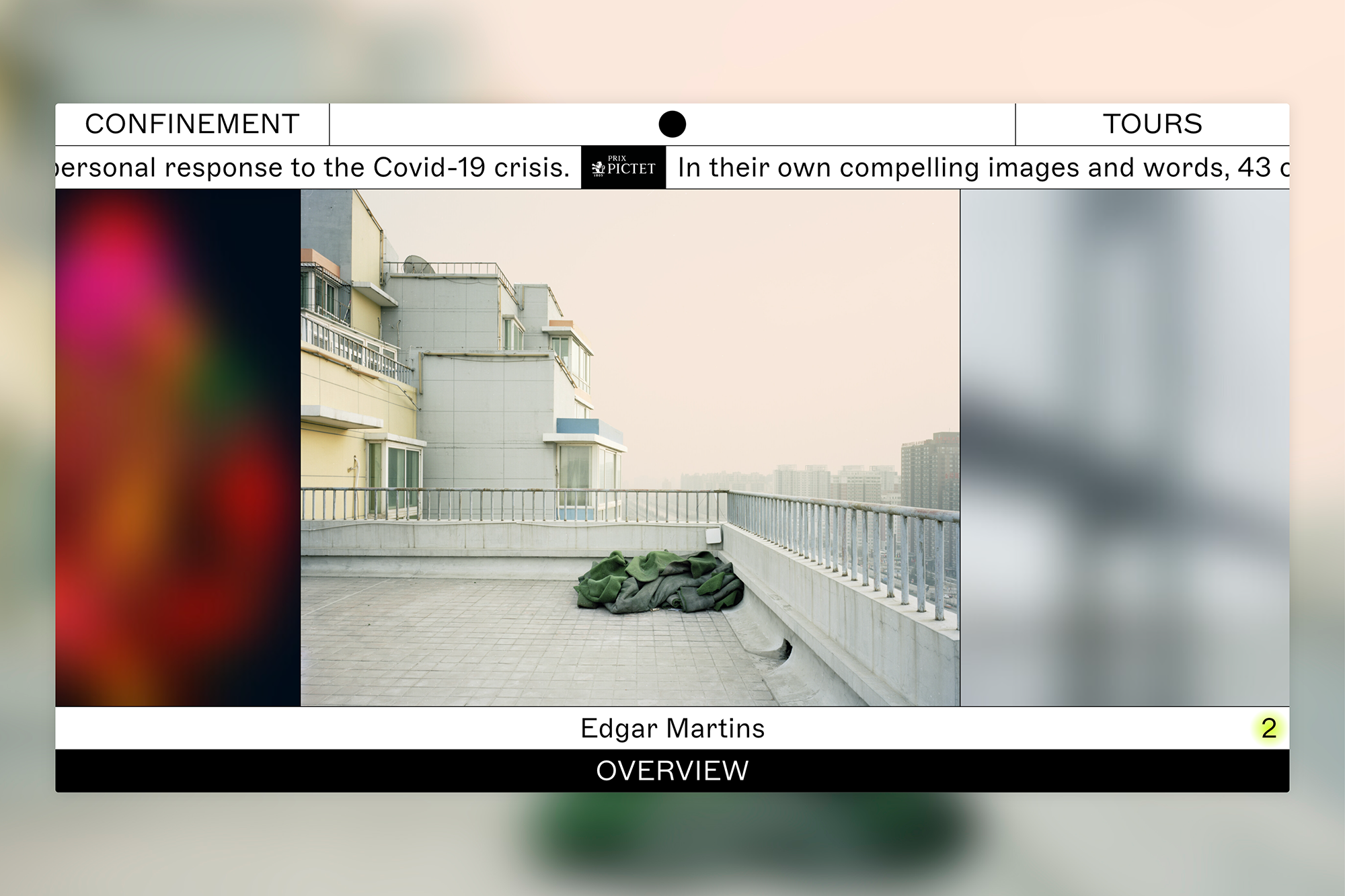
ConfinementExhibition
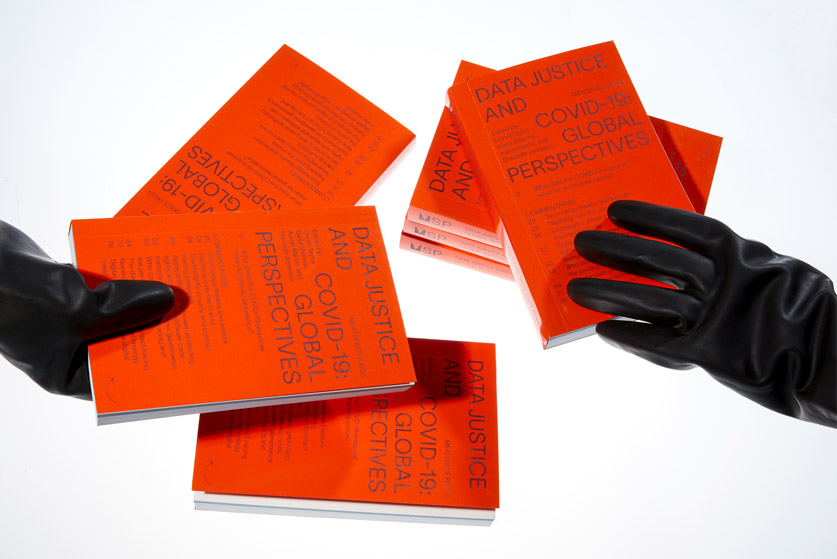
Data Justice and COVID-19Editorial
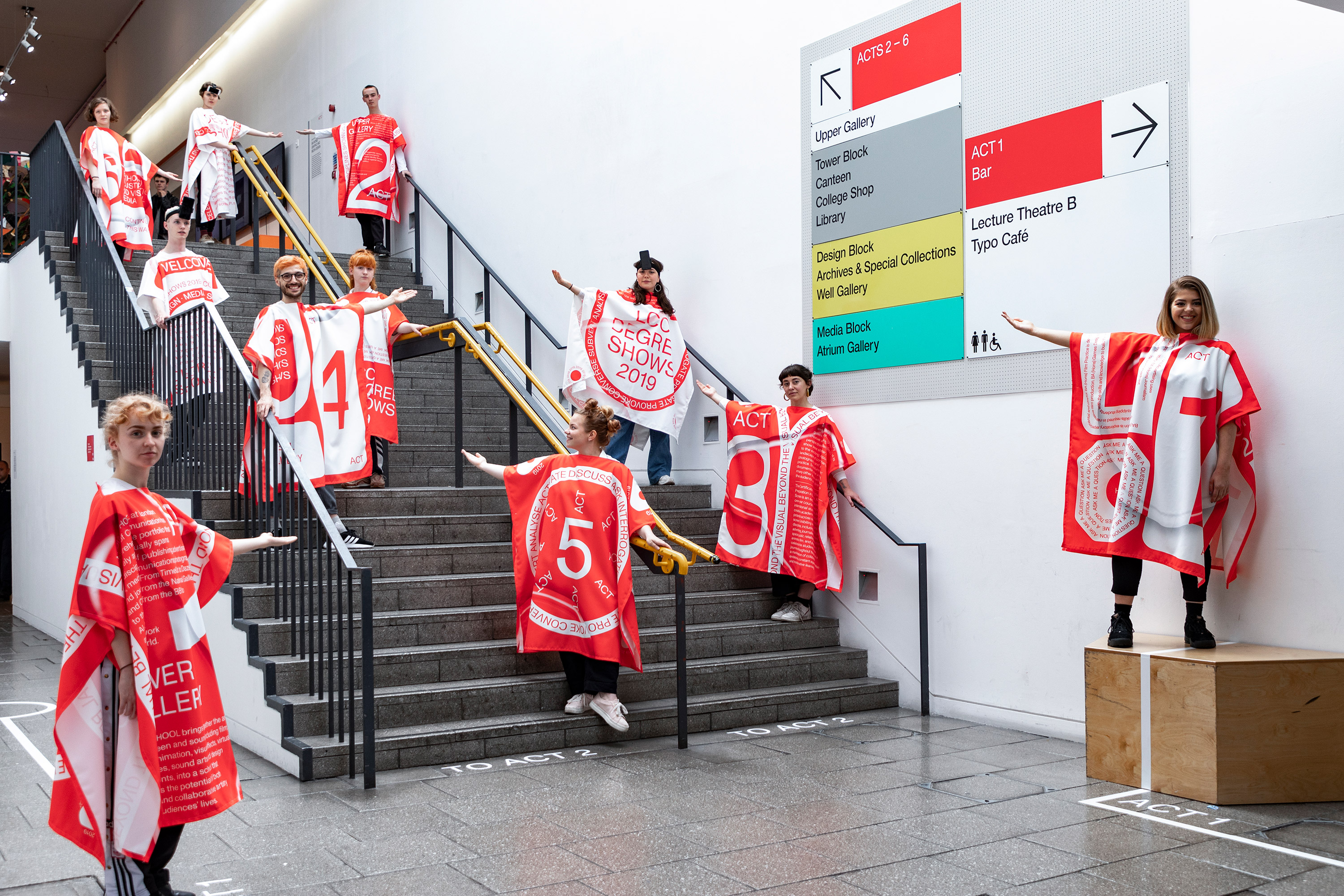
LCC Degree Shows 2019Exhibition
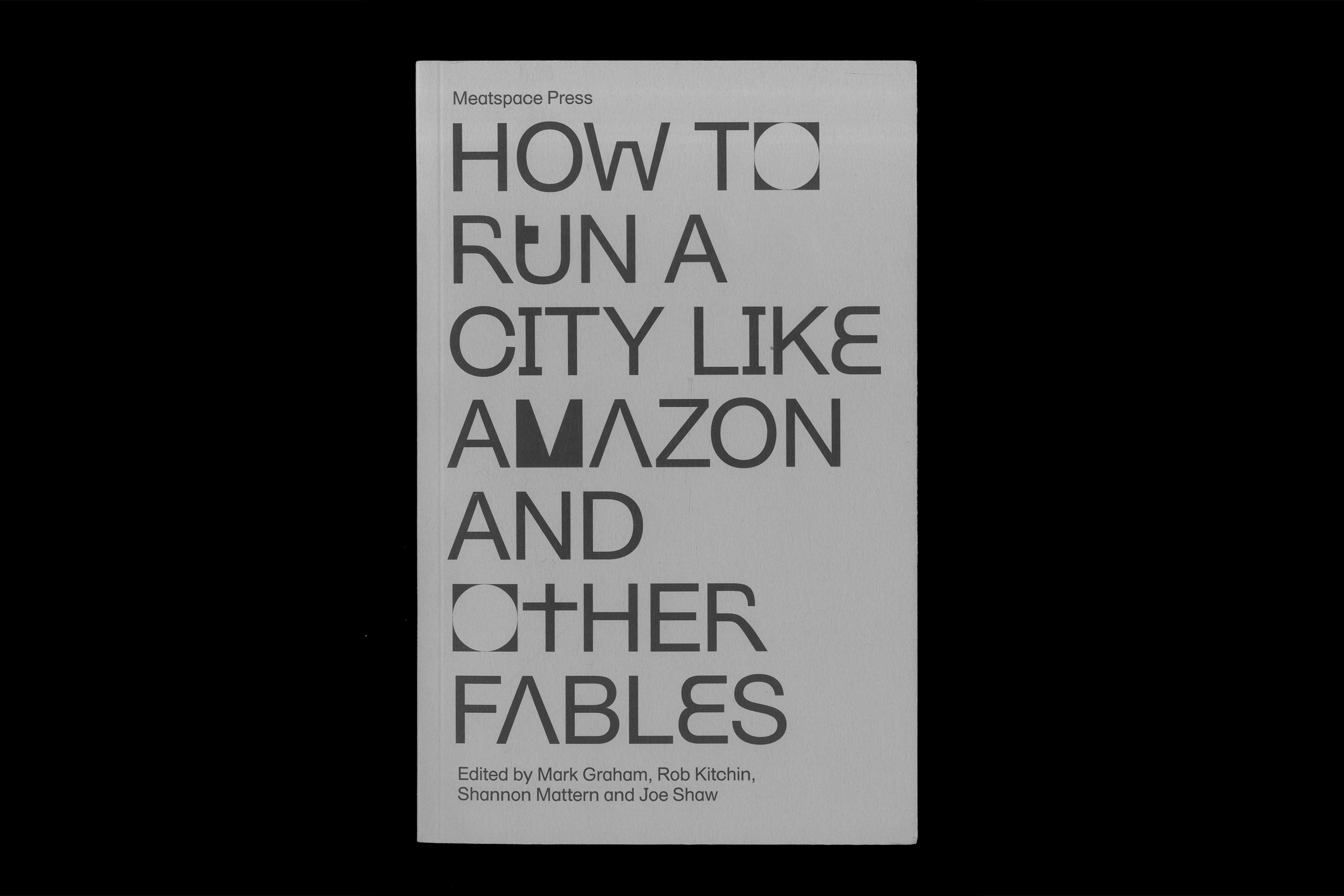
HTRCLAEditorial
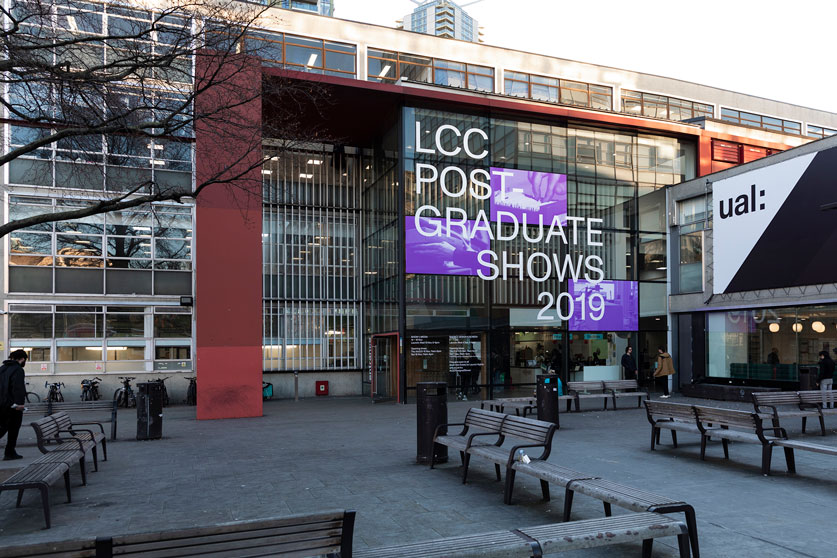
LCC Postgraduate ShowsExhibition
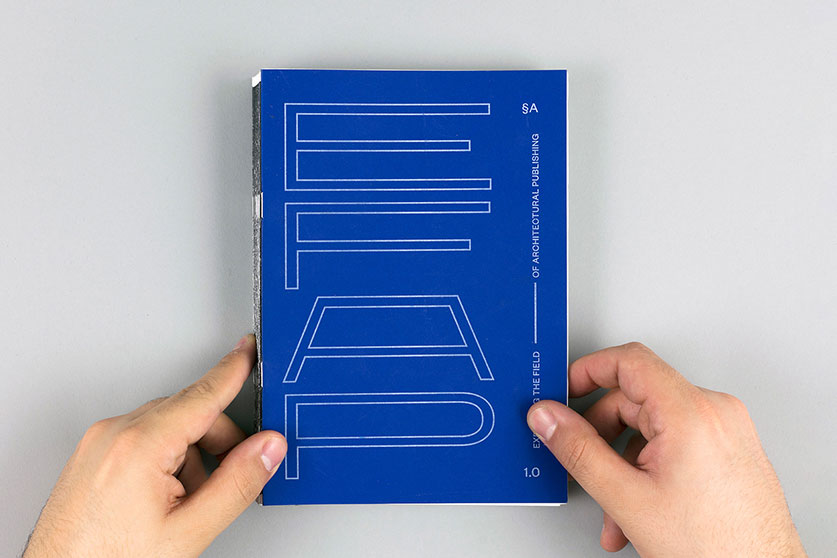
Expanding the Field of Architectural PublishingEditorial, Research
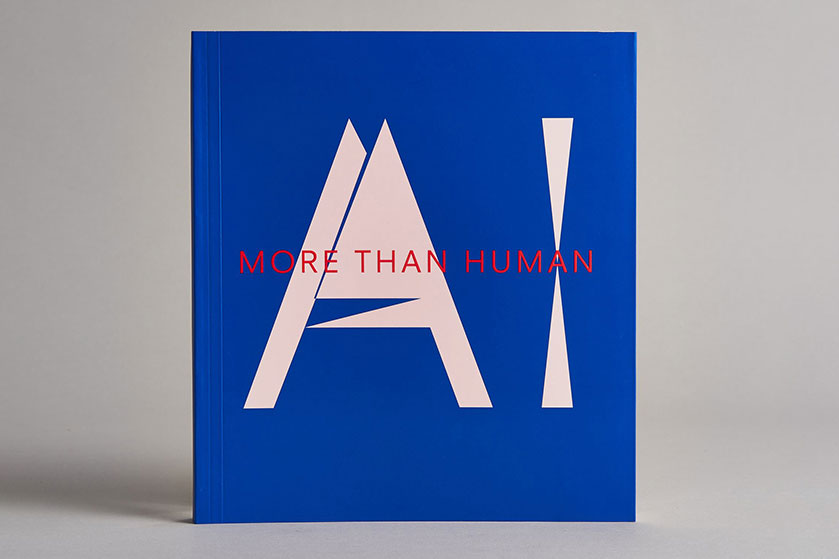
AI: More than HumanEditorial
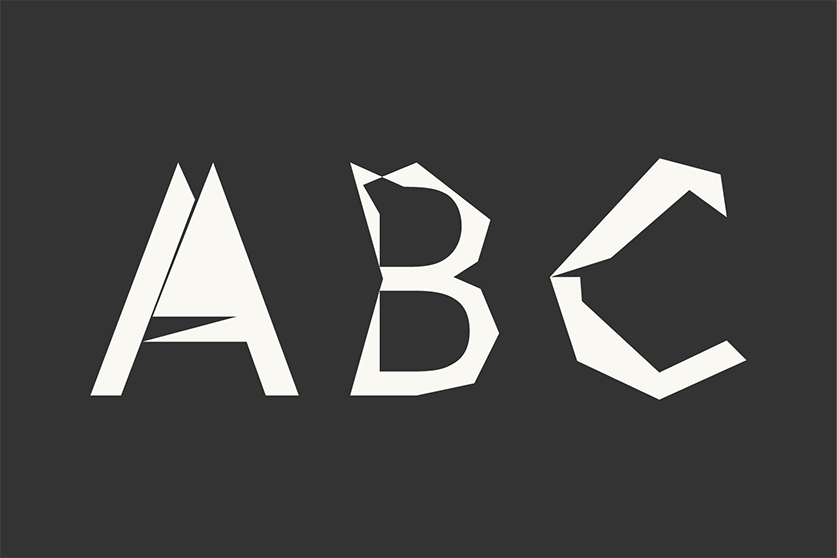
Digi Grotesk AIType
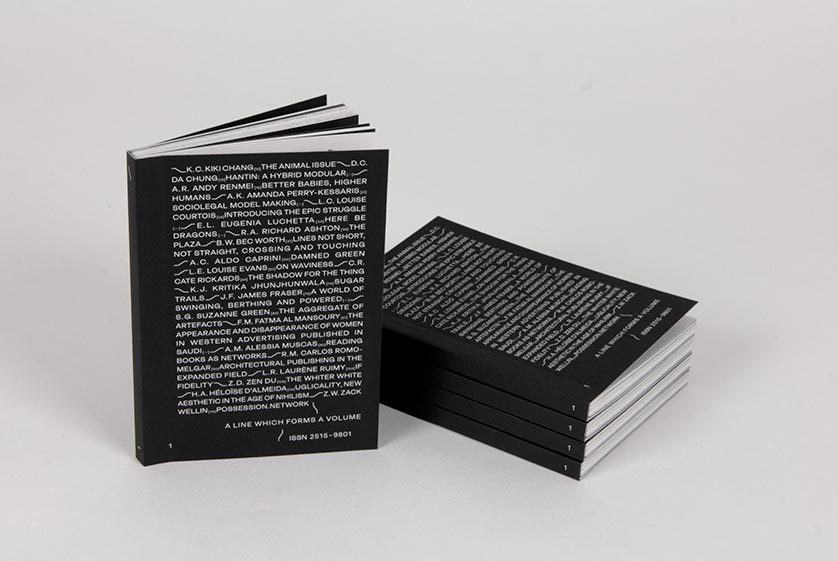
A Line which Forms a VolumeEditorial
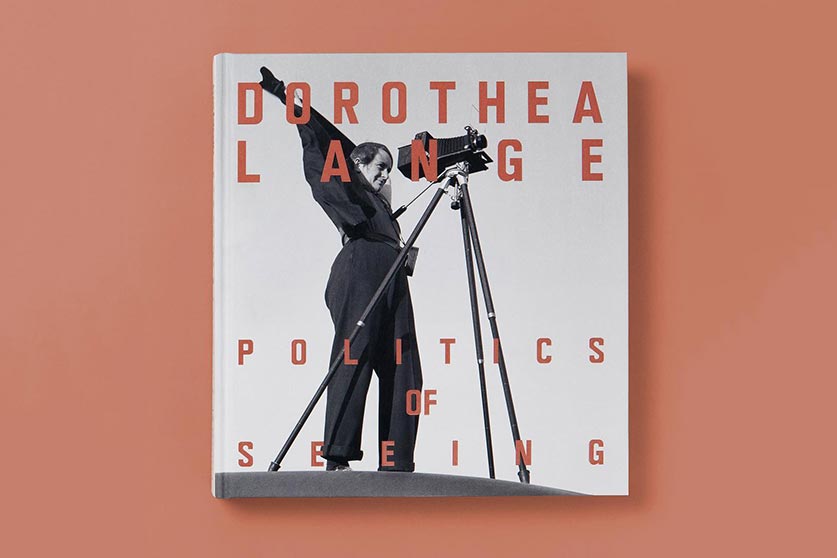
Dorothea Lange: Politics of SeeingEditorial, Exhibition
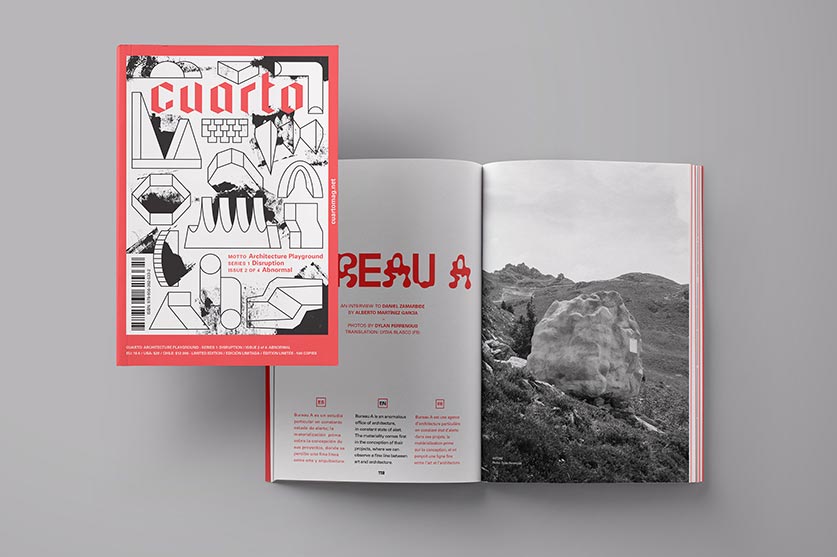
Cuarto: Architecture PlaygroundEditorial, Art Direction
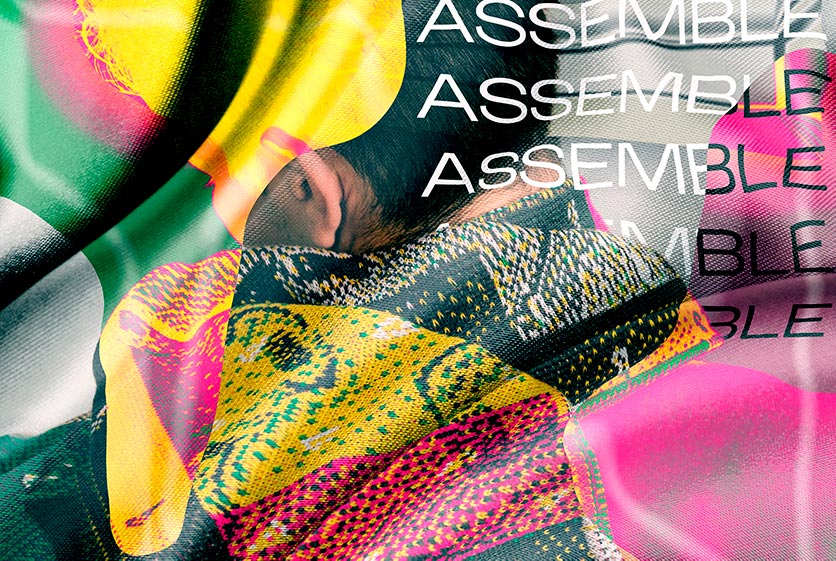
CoversEditorial, Textile
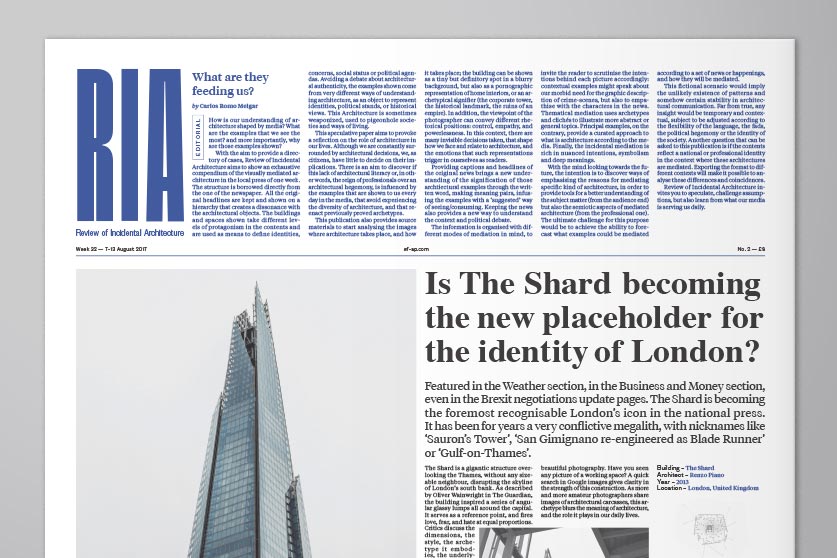
Review of Incidental ArchitectureResearch, Editorial
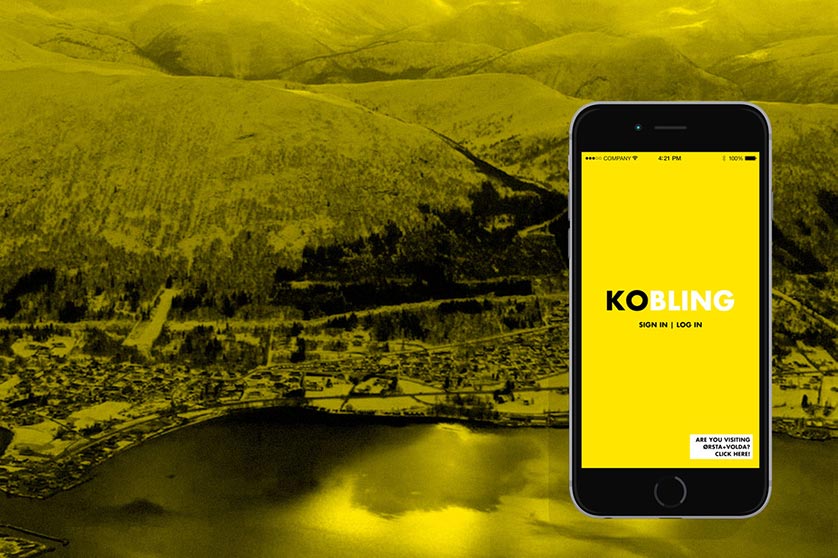
HyperkoblingResearch, Digital Design
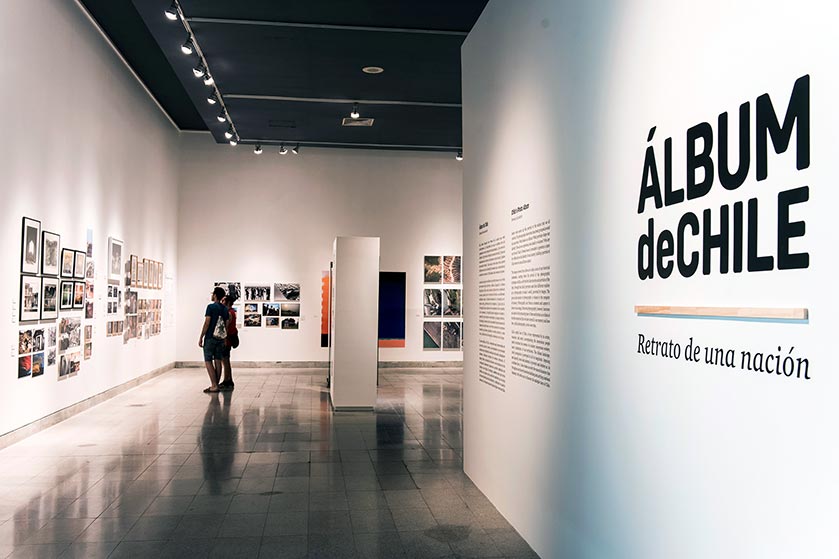
Album de ChileEditorial, Branding, Exhibition
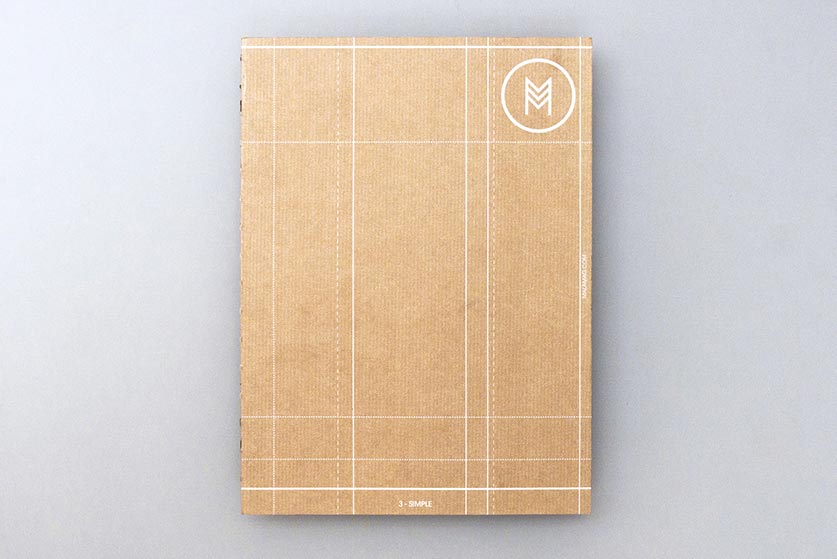
MalamagArt Direction, Graphic Design
